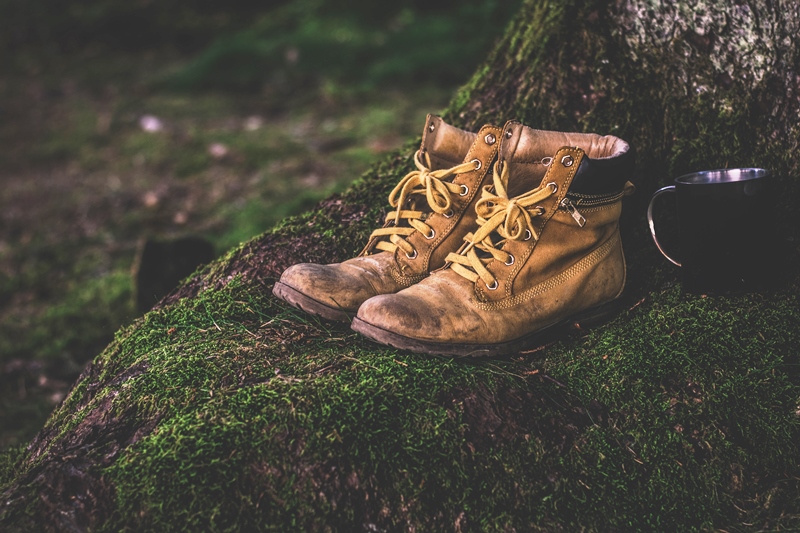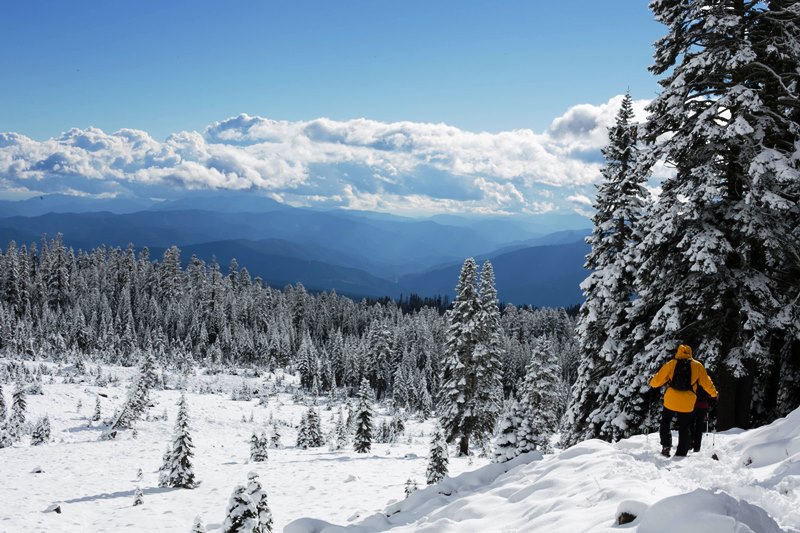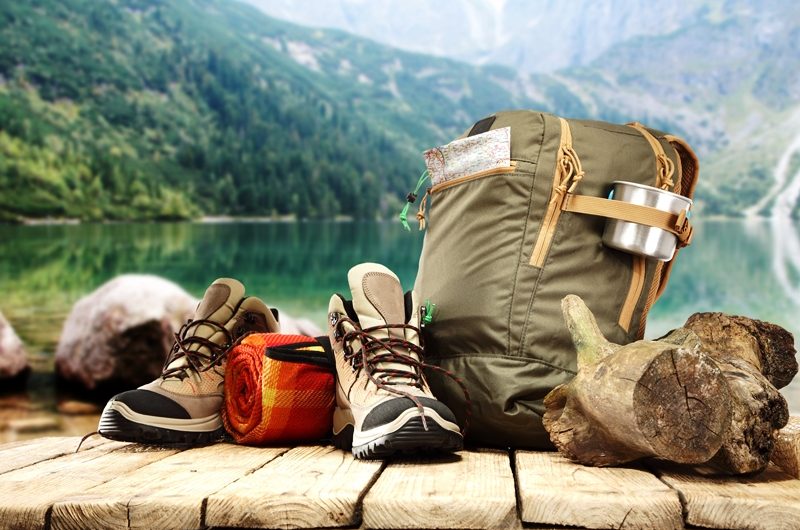One of my friends is a complete adventure freak, and consistently goes on bike tours and other thrilling ventures. A few weeks ago, he went trekking in Uttarakhand, and I was just waiting for him to come back so I’d have amazing stories to hear and pictures to see. Did I mention that he is a brilliant photographer? So, as soon as he got back and settled into his regular life, I went to meet him and ask about his experience, since I am quite intrigued by the magnificence of the state. To my utter surprise, he had only a few good things to say about the trip and was constantly complaining about how his whole trip was ruined by a shoe-bite.
A shoe-bite is one of those ugly sores you get on your feet when you wear ill-fitting or sometimes brand new shoes. Have you ever had one of those? These are brutal. My friend complained that as he was trying his trekking shoes for the first time, he was left with paining ankles for most part of the jaunt. He had a basic first aid kit, but that was unable to heal the wound in time. This kept him from enjoying the trip to the fullest and resulted in wastage of money as well as time. But, it didn’t necessarily have to be that way. He could have simply avoided it had he bought those shoes well in advance, and spent a few weeks walking in them., One mistake spoilt his adventure.

This got me thinking that if something as small as a shoe-bite, which is totally unexpected, can ruin a trip, there could be so many other mishaps that could result in you not being able to enjoy the hike. So, a few days ago, I reached out to my traveller friends and asked them if they have been in similar circumstances. Surprisingly, they had many ‘interesting’ stories to tell of how their carelessness or ignorance ruined their holiday. Based on their experiences, I have compiled a list of a few things that every trekker or mountaineer should keep in his/her luggage to keep away from those ’shoe-bites’. I’ll also be suggesting a few tricks and hacks that can come immensely handy in times of need.
- Diamox: As you must have already guessed or may know, it is a medicine. If you go to altitudes of over 8000 or 9000 feet, you may feel dizziness, fatigue, consistent headache, nausea, shortness of breath or loss of appetite. These are the symptoms of acute mountain sickness or AMS. If the condition gets a little severe, there could be tightness in your chest, heavy cough, paleness of complexion and even decreased consciousness. Dosages of Diamox can help prevent or reduce these symptoms. Obviously, you shouldn’t just buy these medicines from a pharmacy and take one whenever you think you need it. Visit your physician before you leave for trekking.
- Magnesium Flint Stones: Camping is undoubtedly an amazing experience. Lying under the clear sky in the middle of a lush forest or meadow; what could be a better overnight stay than that? But, what if you are camping at high altitudes in the Himalayas and all your matchsticks get wet or burned out, or your lighter is out of gas and you have to spend a night in the camp without fire? In case you are going camping, do not make the mistake of relying on matchsticks or lighters. Carry a magnesium flint stone, which will start a fire for you in a few seconds, whatever the weather may be.
- Plastic Straws: This may sound funny, but these small, hollow plastic things are much more useful than just for sipping cola out of a container. You can use plastic straws to carry anything from salt and spices to toiletries like shampoo or liquid soap. What you do, is block one side of it by folding and sealing it with tape. Then, you fill it with the thing you want to carry and seal the open side of the straw the same way you did the first, and voila!
- Coconut Oil: Most of us only saw coconut oil, when our moms used it to condition hair, but there’re numerous other benefits of it than you can count on your fingers. While it can be used for cooking, it also acts as moisturiser, protecting your skin from cold winds at high altitudes. You may not believe it, but you can also add a little of it to your cup of coffee to get an energy boost. If only my friend had a little bit of camphor and coconut oil, he could have used it to cure his shoe-bite.
- Zip Lock Bags: These plastic bags can solve major problems if you ask me. Anything and everything can be stored in these, be it eatables or gadgets. These bags will also keep your passport, money and other documents from harm. You can even use them to store your wet clothes while trekking. Just don’t keep them wet for too long as they might start to stink, and you don’t want that. You can empty packets of potato chips in one of zip lock bags and save them to enjoy later, and do carry those chips; they are a good source of sodium, which you will need for hiking.
- A Book about Regional Flora: Have you ever heard the saying, “every rose has its thorn”? Well, the next flower you smell or touch on your trek might have a little more than just a thorn; it could be poisonous. Also, the delicious-looking fruits and berries might also do more harm than good. Therefore, it is better to know about these little things, which you can do by buying a book on the regional flora. In case you aren’t an avid reader, you can just pick up the book before going to bed. Even if you don’t learn anything, it might just help you go to sleep.
- LifeStraw: Although if you plan well and everything goes right, you won’t face such circumstances, finding clean water for drinking can become an issue on a trek, especially when you are far from a village or town. One can drink water from a lake, pond or river, but who’s to say there isn’t harmful bacteria or parasites in it? LifeStraw is an internationally recognised product that can be a lifesaver in times of emergency. One of these straws can purify up to 1000 litres of water, so you don’t need to buy a new one every time you go trekking.
- Swiss Army Knife: A Swiss army knife is an important thing to carry on your trek. I do not just recommend it to hikers, but to every traveller. This pocketable tool can be your screwdriver, wire stripper, wire cutter, can opener, bottle opener, wood saw, scissors, corkscrew, or a knife, obviously; this list goes on. There are numerous models that you can choose from, based on what all you want to do with it. If not for the functionality, just own one ‘cause it’s cool.
- Duct Tape: Duct tape is just like the coconut oil of synthetic products; there are infinite uses of it. Almost every broken thing can be fixed with duct tape, except for relationships maybe, and while wandering thousands of feet above the ground, you never know what might happen at the next step. It can prove to be quite handy to carry duct tape. You can just roll a few feet of it on your trekking pole, so it doesn’t even take any space in your luggage.

After talking about what to pack, let’s take two minutes to talk about how to pack, which is equally important. I recently learnt a trick from one of my friends that rolling clothes instead of folding them saves a lot of space. What you do is fold the trousers vertically once and then roll them from bottom to top. You can also Google how to army-fold them. The tricks are really amazing.

Pack not just what would need on the excursion, but also what you could need. Proper packing is one of the best mantras for a successful trek. Carrying the above-mentioned things, you can remain prepared for any unexpected circumstance that may arise.
May all your sojourns be as blissful and adventurous as you want them to be.



